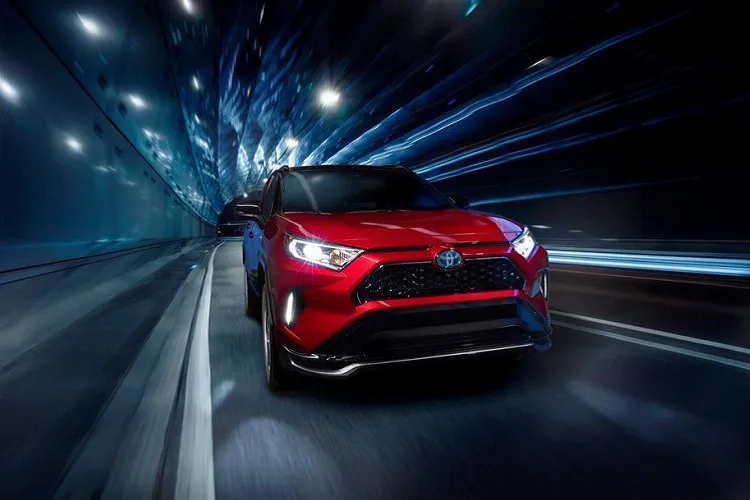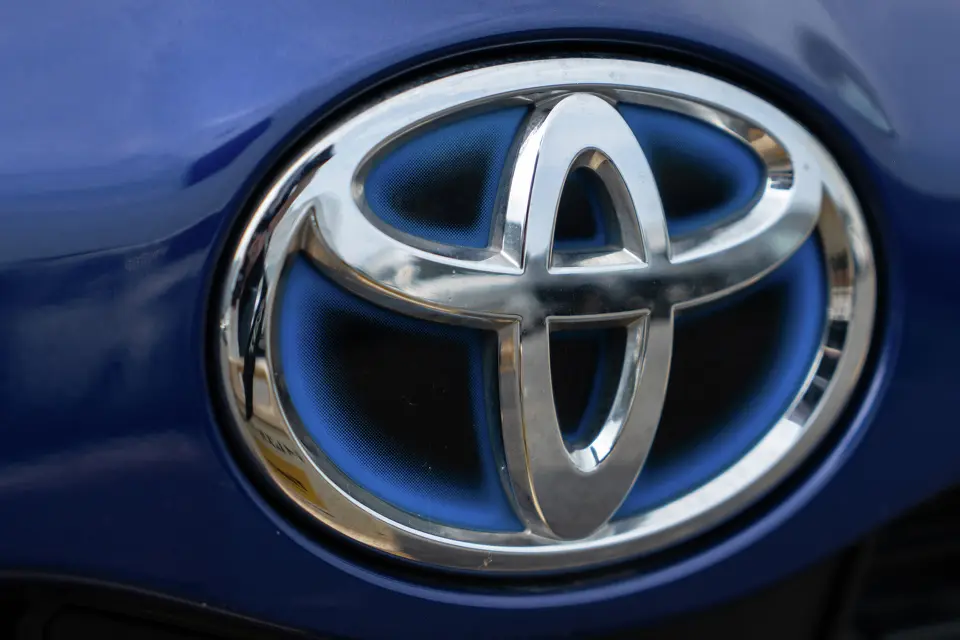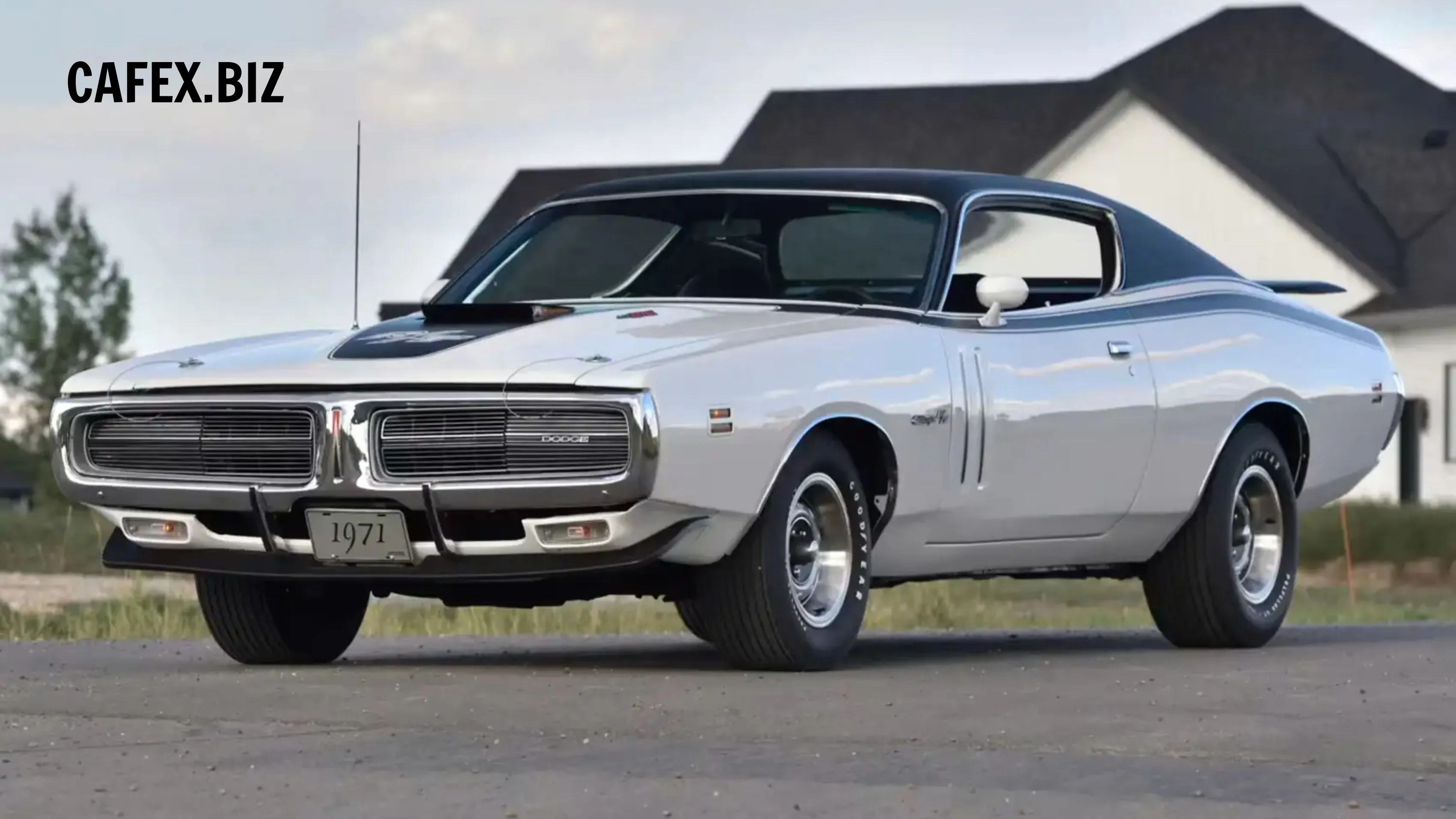1. The Mercedes-Benz SSK Count Trossi Roadster
The Mercedes-Benz SSK Count Trossi Roadster is a rare and highly sought-after vintage car produced by Mercedes-Benz in the 1930s. Here's some information about this unique and iconic vehicle:
Historical Significance
The SSK Count Trossi Roadster was a special variant of the Mercedes-Benz SSK, which was originally designed for racing purposes. The SSK, built from 1928 to 1932, was a sports car known for its exceptional performance and distinctive styling. The Count Trossi Roadster is a specific SSK model that was modified and customized for Count Carlo Felice Trossi, an Italian racing driver and automobile enthusiast.
Design and Body Style
The Count Trossi Roadster featured a unique and aerodynamic body design, which set it apart from other SSK models. It had a long and low profile with a sloping rear end, rounded fenders, and a streamlined appearance. The car's body was crafted by the Carrozzeria Touring company in Italy, based on Trossi's design specifications.
Performance
The SSK Count Trossi Roadster was equipped with a powerful supercharged inline-six engine, known as the SSK's standard powerplant. It had a displacement of 7.1 liters and produced around 200 horsepower, making it a potent and fast car for its time. The car's lightweight construction, combined with its powerful engine, contributed to its exceptional performance on the road and the racetrack.
Rarity and Value
The SSK Count Trossi Roadster is an extremely rare and valuable collector's car. Only one Count Trossi Roadster was ever produced, making it a unique and highly coveted vehicle among automotive enthusiasts and collectors. In auction sales, the SSK Count Trossi Roadster has fetched astronomical prices, often ranking among the most expensive cars ever sold.

The SSK Count Trossi Roadster represents a significant chapter in automotive design and racing history. Its distinctive and aerodynamic styling, combined with its association with Count Trossi, has contributed to its legendary status. The car remains an enduring symbol of automotive elegance, craftsmanship, and performance.
2. The Mercedes-Benz 300 SL Roadster 1963
The Mercedes-Benz 300 SL Roadster is an iconic and highly regarded sports car produced by Mercedes-Benz in the 1960s. Its blend of elegant styling, impressive performance, and luxury features has made it a highly regarded and collectible classic car to this day. Here's some information about the 1963 Mercedes-Benz 300 SL Roadster:

Design and Body Style
The 1963 Mercedes-Benz 300 SL Roadster featured a sleek and elegant design. It was a two-seat convertible with a soft top that could be raised or lowered manually. The car retained the distinctive gull-wing doors from its predecessor, the 300 SL Coupe, which opened upwards, adding to its unique and eye-catching appearance.
Powertrain
The 300 SL Roadster was equipped with a powerful inline-six engine. The 1963 model featured an improved 3.0-liter engine with direct fuel injection, which was capable of producing around 220 horsepower. This engine was known for its smooth power delivery and impressive performance, allowing the Roadster to reach high speeds and accelerate quickly.
Performance and Handling
The 300 SL Roadster had exceptional performance and handling characteristics for its time. It was capable of reaching a top speed of over 140 mph (225 km/h) and could accelerate from 0 to 60 mph (0 to 97 km/h) in under 8 seconds. The car featured advanced suspension systems, including independent suspension on all four wheels, which contributed to its precise handling and stability.
Luxury and Comfort
Despite its sporty nature, the 300 SL Roadster provided a comfortable and luxurious driving experience. The interior was well-appointed with high-quality materials, including leather upholstery and wood trim. The car offered amenities such as a Becker radio, power windows, and optional features like air conditioning and a removable hardtop.
Rarity and Collectibility
The Mercedes-Benz 300 SL Roadster is a highly desirable and collectible classic car. The Roadster variant was produced in limited numbers, with only 1,858 units built between 1957 and 1963. Its rarity, timeless design, and reputation for performance have made it a highly sought-after model among collectors, leading to significant appreciation in value over the years.
3. Mercedes-Benz 300 SL Gullwing 1957
The Mercedes-Benz 300 SL Gullwing, produced from 1954 to 1957, is an iconic and legendary sports car known for its distinctive gull-wing doors and innovative design. Its unique design, technological advancements, and racing pedigree make it one of the most celebrated and coveted classic cars in history. Here's some information about the 1957 Mercedes-Benz 300 SL Gullwing:
Design and Body Style
The 1957 Mercedes-Benz 300 SL Gullwing featured a striking and aerodynamic design. Its most recognizable feature is the upward-opening gull-wing doors, which gave the car its name. The body was made of lightweight aluminum alloy, contributing to its performance and handling. The car had a sleek profile, with sweeping lines and a distinctive front grille.

Powertrain
The 300 SL Gullwing was equipped with a powerful 3.0-liter inline-six engine. The 1957 model featured a revised engine with mechanical fuel injection, which boosted its output to around 240 horsepower. This advanced engine, combined with the car's lightweight construction, allowed for impressive performance and a top speed of over 150 mph (240 km/h).
Performance and Handling
The 1957 300 SL Gullwing with the car's lightweight construction had a top speed of over 150 mph (240 km/h), making it one of the fastest production cars of its time. Its aerodynamic design, combined with its powerful engine, enabled the car to achieve exceptional speeds on both open roads and race tracks.
Technological Innovations
The 300 SL Gullwing was ahead of its time in terms of technological advancements. It was the first production car to feature fuel injection, known as Bosch mechanical direct fuel injection (MFI), which improved fuel efficiency and power delivery. The car also had a tubular space-frame chassis, which provided strength and rigidity while keeping weight to a minimum.
Rarity and Collectibility
The 300 SL Gullwing is highly sought after by collectors and automotive enthusiasts. It was produced in limited numbers, with only 1,400 units built in total. Its rarity, iconic design, and historical significance contribute to its value and desirability. Well-preserved and meticulously maintained examples of the 300 SL Gullwing command high prices in the classic car market.

4. The Mercedes-Benz 300 SLR
The Mercedes-Benz 300 SLR (Sport Leicht-Rennen) is an iconic racing car that was produced by Mercedes-Benz in 1955 and 1956. Its racing achievements, advanced engineering, and sleek design have cemented its status as an automotive legend and an enduring symbol of Mercedes-Benz's racing heritage. Here's some information about the 1957 Mercedes-Benz 300 SLR:
Design and Body Style
The 300 SLR featured a sleek and aerodynamic design, optimized for racing performance. It shared design cues with the Mercedes-Benz 300 SL "Gullwing," including the distinctive gull-wing doors. The body was made of lightweight aluminum-magnesium alloy, which helped reduce weight and improve the car's power-to-weight ratio.
Engine and Performance
The 300 SLR was powered by a 3.0-liter inline-eight engine with direct fuel injection. This advanced engine produced around 310 horsepower, which was impressive for the time. The car had exceptional performance capabilities, capable of reaching speeds exceeding 180 mph (290 km/h) on long straights.
Innovative Features
The 300 SLR introduced several innovative features for its time. It featured a space-frame chassis made of lightweight tubular steel, which provided rigidity while keeping weight to a minimum. The car also utilized fuel injection technology, known as Bosch mechanical direct fuel injection (MFI), to enhance power delivery and efficiency.
Rarity and Collectibility
Due to its purpose as a racing car, the 300 SLR was produced in limited numbers. Only nine examples of the 300 SLR were built, including both coupes and open-top roadsters. This rarity, combined with its racing success and legendary status, makes it one of the most valuable and sought-after classic cars in existence.
5. The Mercedes-Benz 280 SL Pagoda
The Mercedes-Benz 280 SL Pagoda, also known as the W113 model, is a classic sports car produced by Mercedes-Benz from 1963 to 1971. Its enduring popularity and classic status make it an iconic model in Mercedes-Benz's history, and it continues to captivate enthusiasts with its timeless appeal. Here's some information about the 1971 Mercedes-Benz 280 SL Pagoda:

Design and Body Style
The 280 SL Pagoda featured a timeless and elegant design that has made it an enduring icon. It got its nickname "Pagoda" due to the shape of its distinctive removable hardtop, which resembled the curves of an oriental pagoda roof. The car had clean lines, a slightly concave roofline, and a relatively compact size, giving it a stylish and sporty appearance.
Powertrain
The 280 SL Pagoda was powered by a 2.8-liter inline-six engine. The 1971 model featured a fuel-injected engine that produced approximately 170 horsepower. While not a high-performance sports car, the 280 SL Pagoda offered a balance of power and refinement suitable for comfortable touring and spirited driving.

Engine and Performance
The 280 SL Pagoda is equipped with a 2.8-liter inline-six engine, hence the "280" designation, and it utilizes Bosch mechanical fuel injection. The engine produces an output of around 170 horsepower (125 kW) and 180 lb-ft (244 Nm) of torque. The performance of the 1971 Mercedes-Benz 280 SL Pagoda is respectable for its time. It can accelerate from 0 to 60 mph (0 to 96 km/h) in approximately 9 seconds and has a top speed of around 124 mph (200 km/h).
Convertible Top
In addition to the removable hardtop, the 280 SL Pagoda had a soft top that could be manually raised or lowered. The soft top was easy to operate and provided open-air driving when desired. The design of the soft top, with its large rear window, allowed for good visibility and added to the car's aesthetic appeal.
Comfort and Luxury
The 280 SL Pagoda offered a comfortable and luxurious driving experience. The interior featured high-quality materials, including leather upholstery, wood trim, and well-designed instruments and controls. The car had amenities such as power windows, a Becker radio, and optional air conditioning, enhancing the overall comfort and convenience.
Collectibility and Classic Status
The 280 SL Pagoda is highly sought after by collectors and enthusiasts. Its timeless design, robust build quality, and Mercedes-Benz's reputation for engineering excellence contribute to its desirability. Well-maintained and original examples of the 280 SL Pagoda command premium prices in the classic car market.



-1686635518.jpg)